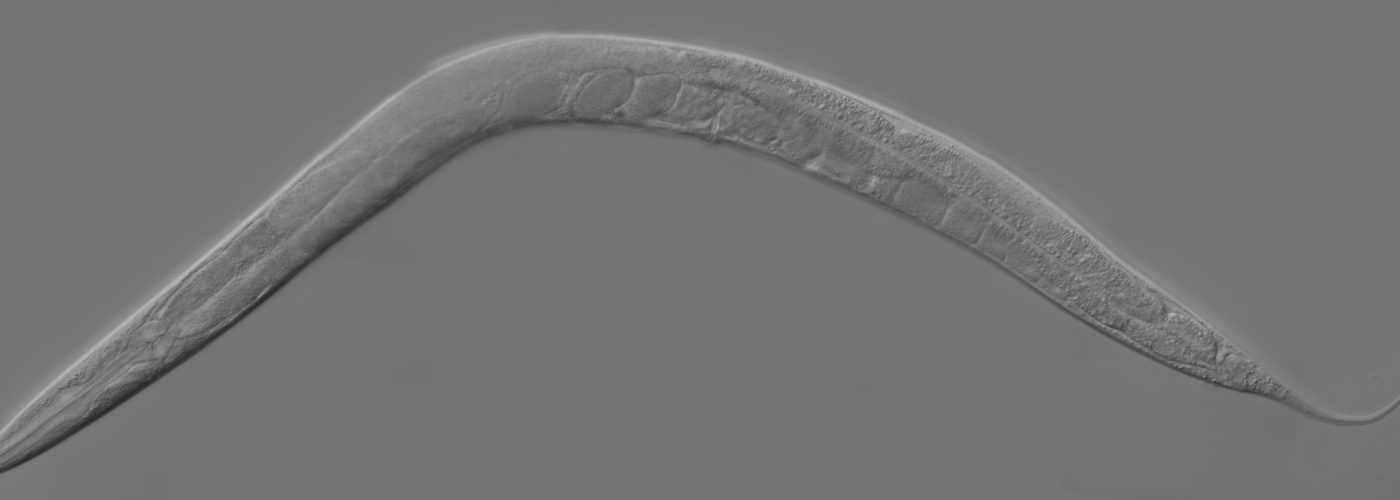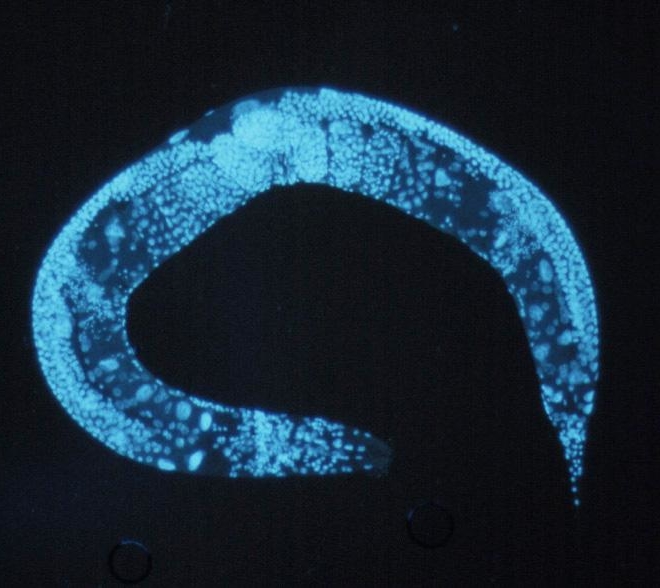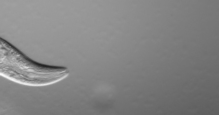Half-natural, half-synthetic, the advent of biological robots

Article author :
The UNamur is launching BABots, an ambitious European project involving biology, genetics and robotics. The purpose? Genetically modifying the nervous system of worms to furnish them with new behaviours. These biological robots could protect crops, dispose of contaminants from soil or water or perform surgical procedures.
Imagine a living being which is half-natural, half-robot. An idea lifted from science fiction? Absolutely not, as this will soon become a reality. And this creature, which will be the product of synthetic biology technologies, even has a name already: BABot, for Biological Animal roBot. Its creation will require genetically reconfiguring the nervous systems of small animals so that they will exhibit new behaviours. It will be the work of an international team of researchers (Belgian, German, Italian, Finnish and Israeli) in neurobiology, synthetic biology, collective behaviour, robotics and ethics, as well as a cutting-edge agrotechnology company.
Co-ordinated by Professor Elio Tuci, from the University of Namur’s Computer Science Faculty and the naXys research institute, funded by the Horizon Europe – EIC Path Finder European Innovation Council programme, the BABot project will launch on October 1, 2023. It could prove to have a considerable impact on precision agriculture, bioindustry and medicine.

In the beginning, a worm
BABots, these half-living, half-robotic creatures will have the mission of serving humanity. ‘We are picturing, for example, farmer insects producing and distributing fertiliser and protecting crops by thwarting pests. But also, doctor nematodes entering the body, performing specific medical procedures and then leaving. Or sanitation cockroaches cleaning up the sewage system, but staying out of the house,’ cite the international consortium’s scientists as examples. ‘Although some of these tasks can also be carried out by chemical means or conventional robots, BABots will offer a level of agility, precision, effectiveness and biocompatibility which no other technology can match.’
The very first BABot system will be a worm. Named C. elegans, very familiar to biologists, this nematode does not exceed 1mm in length. Its small size is a plus in terms of having it operate in complex environments. Its nervous system will be genetically reprogrammed so that it acts collectively, with other nematodes of its species, in an active and autonomous manner. Their specific task will be to detect, locate and attack invading pathogens in a contained agricultural setting.

Genetic modifications
At the heart of the BABot project lies the revolutionary idea of synthetically adapting the nervous system of a small animal to produce new behaviours designed by humans. ‘We have previously established a technique for genetically inserting new electrical synaptic connections into the neural circuits of C. elegans. This technique has proven to be very effective in modifying the worm’s natural behaviours. The BABot project will take this approach a huge step further, implementing entirely new synthetic behaviours,’ specifies Prof. Elio Tuci.
To do so, the scientists will have to open and modify the worm’s genome. ‘Genetic modification of animals is common practice in basic research and is increasingly employed in various applications. For example, worms such as C. elegans have been genetically reprogrammed to act as biosensors of toxic compounds or disease-related metabolites. Fluorescent fish have been designed to fluoresce when encountering pollutants, and silkworms have been engineered to produce spider silk. The essential novelty that separates BABots from mere transgenic animals is that they will be active, and autonomous, and will produce desired complex responses to particular situations. Instead of just reporting the presence of a target substance, they will act to eliminate it in an effective and purposeful manner.’
The BABots will be an entirely new animal form of synthetic biology operating at higher speeds, over larger areas, and exhibiting more complex behaviours than their natural cousins.
From the lab to the farm
If, eventually, scientists imagine that the BABots could be released into the wild, that will not be the case within the framework of the European project. In fact, the very first biological robots will be created in the laboratory, in petri dishes, with strict security regulations being observed.
Secondly, trials will be carried out at an Italian farm which specialises in vertical agriculture, ZERO Farm. ‘Within this controlled and contained farming environment, comprising of closed cycle, soil-less plant cultivation systems, the tests will take place within confined and isolated recipients. This will help us to assess BABot interactions with the farm’s machinery (pumps, probes, piping) and with target crop cultivations, in particular lettuce and strawberry plants. It will involve offering them protection from diverse plant pathogens, not typically susceptible impervious to nematode attacks. But it will also distribute beneficial bacteria to the roots,’ continues the scientist.
Risks which seem to be under control
But subsequently, if the trials are conclusive, if the legislation allows it, if commercial interest is encouraging, if societal acceptance is favourable (yes, we know, that is a lot of ‘ifs’), transgenic nematodes could find themselves in an open environment. In particular with a view to contributing to the recycling of plastic or restoring soils badly degraded by human activities.
With the attendant risk of cross-breeding with natural strains, or even the latter being supplanted? The scientists do not think this will be the case. ‘The BABots will not outcompete the wild natural strains, because their modified behaviours would incur substantial energy costs and expose them to dangers, which will considerably reduce their ability to adapt. Nevertheless, in the future, the release of BABots into the environment will only be considered after the rigorous development of a robust biological confinement strategy and an effective regulatory framework,’ specify the European project’s scientists.
These scientists will also fit their transgenic nematodes with types of genetic switches which will guarantee their sterility, in order to rule out reproduction between themselves or with wild natural strains. They will also render them totally dependent on certain non-natural substances for their existence, in such a way that they will be incapable of surviving without them.
A story, projects or an idea to share?
Suggest your content on kingkong.





